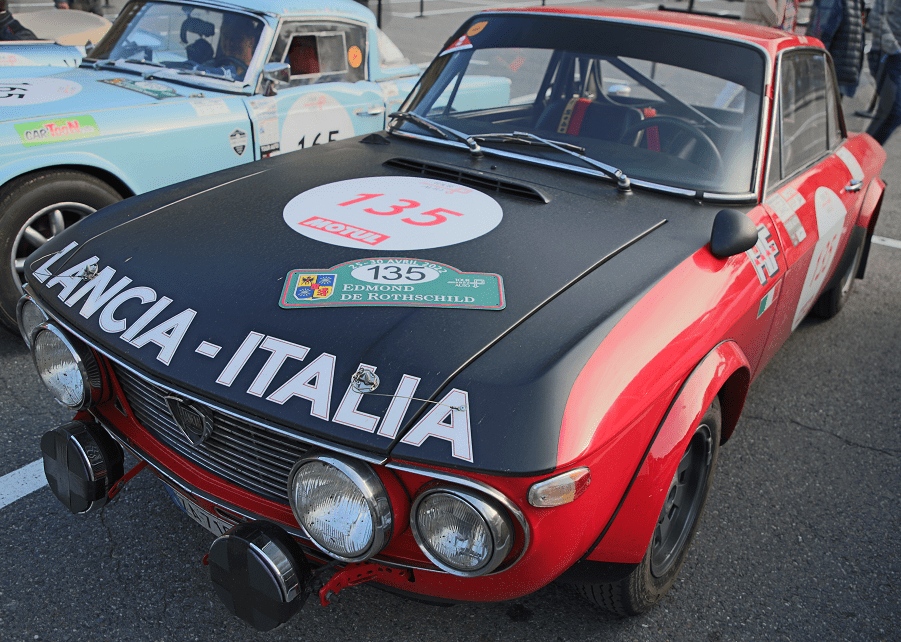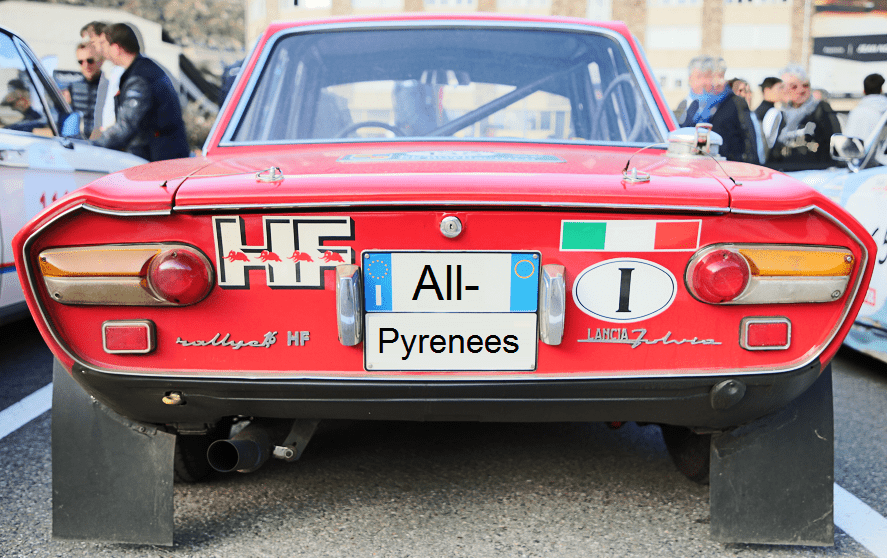1967 Alfa Romeo 1750 GTV. Red version
The Alfa Romeo 105 and 115 series coupés are a range of cars made by the Italian manufacturer Alfa Romeo from 1963 until 1977, based on a shortened floorpan from the Giulia saloon. They were the successors to the Giulietta Sprint coupé.
The basic body shape shared by all models was designed by Giorgetto Giugiaro for Bertone. It was one of his first major projects for Bertone, and borrowed heavily from his earlier design for the Alfa Romeo 2000 Sprint/2600 Sprint. The balance of glass and metal, the influence of the shape of the front and rear glass on the shape of the cabin, and the flat grille with incorporated headlamps were groundbreaking styling features for the era.
A limited production (1000 units) convertible was a modification from the standard car by Touring of Milan, offered as a catalogue model by Alfa Romeo called the Giulia Sprint GTC.
A small number of the GT Junior Zagato were also built with a very different, aerodynamic two-seater coupé body designed by Ercole Spada for Zagato of Milan. These too were offered by Alfa Romeo as catalogue models, as the GT 1300 Junior Zagato and later GT 1600 Junior Zagato.
The 1.8-litre engined 1750 series cars were introduced by Alfa Romeo in 1968. The 1750 Berlina four-door notchback saloon was presented to the international press in January 1968 in Vietri sul Mare (Salerno), together with the 1750 GT Veloce coupé and Spider Veloce. Some days later it was displayed at the Brussels Motor Show.
The 1750 Berlina was based on the existing Giulia saloon, which continued in production. The 1750 was meant to top the saloon range, above the 1300 and 1600 cc versions of the Giulia. In the United States, however, the Giulia saloon ceased to be available and was entirely replaced by the 1750 Berlina. The 1750 entered full production in South Africa in early 1969, later complemented by the 2000.













